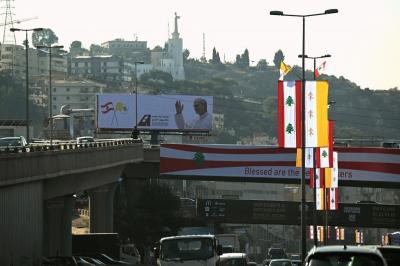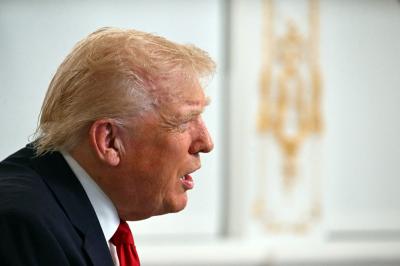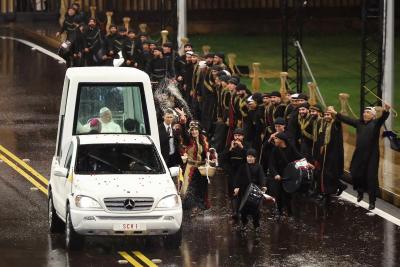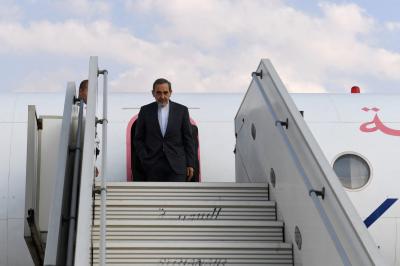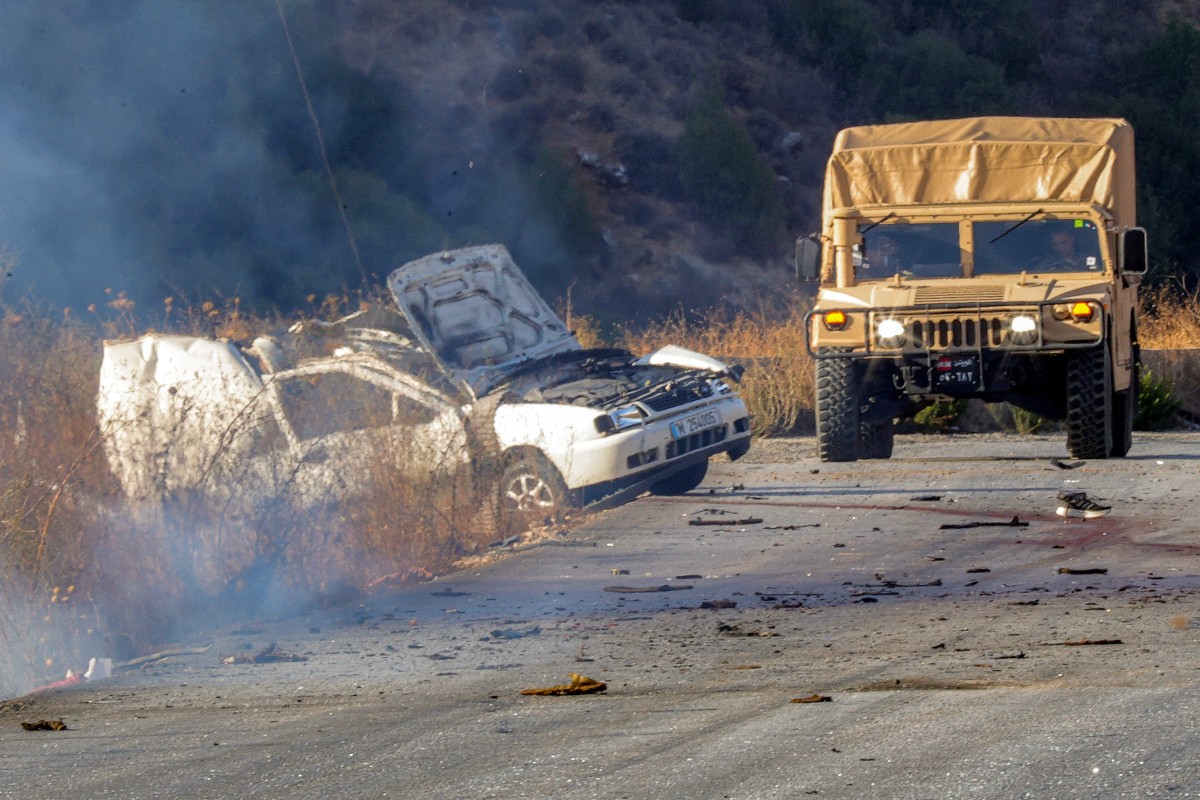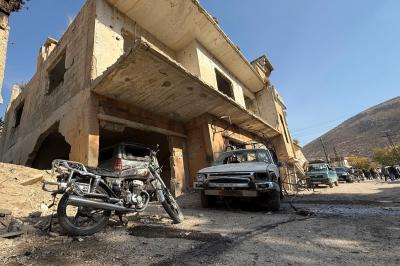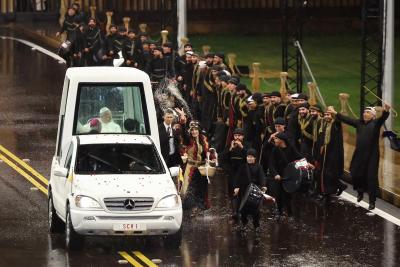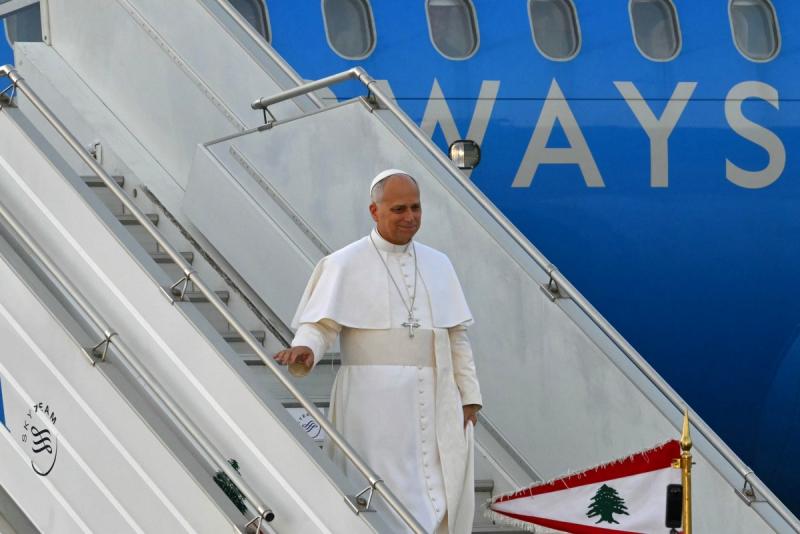Two years have passed since October 8, when “Hezbollah” unilaterally decided to open the southern front against Israel—just 24 hours after the “Al-Aqsa Flood” operation—under the pretext of “supporting Gaza.” The move, taken without the consent of the Lebanese state or consideration for its consequences, was presented as a step toward “unity of fronts” across the so-called Axis of Resistance led by Iran. The group justified it as a pre-emptive strike, claiming that war with Israel was “inevitable.”
Misjudging the Battlefield
From the very first hours of October 7, it became clear that the attack on Israel was no ordinary incident. It represented an existential threat to the Israeli state, and the retaliation was bound to be historic. Yet, “Hezbollah” and its allies grossly miscalculated:
— They believed Israel would avoid a violent response for fear of the fate of its hostages. But Israel immediately revived the “Hannibal Protocol,” authorizing strikes even at the risk of killing captured soldiers—thereby neutralizing Hamas’s leverage.
— They assumed the Israeli army was too timid to engage on the ground. Instead, Israel invaded Gaza and devastated it both by air and land.
— They expected Israel’s bombardment of civilians to ignite global outrage. Yet, the October 7 massacre of Israeli civilians created an unprecedented wave of sympathy for Israel around the world.
— They bet that Prime Minister Benjamin Netanyahu’s legal troubles and internal divisions would paralyze him. Instead, the war saved his political career.
— They hoped Arab public opinion would rise against their leaders and reignite the “fronts” around Israel. Even the Assad regime in Syria—long hailed as a resistance partner—refused to open the Golan front.
The Collapse of the “Axis of Resistance”
In hindsight, the Axis’s entire reading of events was disastrously wrong. The once-trumpeted “unity of fronts” has been reduced to fragments:
— The Assad dynasty fell after half a century in power, replaced by a leadership openly hostile to the so-called “resistance camp.” The fall of Damascus severed the Iranian supply routes to “Hezbollah.”
— Gaza has been reduced to rubble, its people destitute, its Hamas rulers discredited. The group’s acceptance of Donald Trump’s ceasefire plan—requiring disarmament and a technocratic administration—amounts to surrender.
— Iran has slipped back into international isolation, facing intensified sanctions after the collapse of nuclear talks.
— “Hezbollah” has lost both political influence and military prestige. On the battlefield, it lost two secretary-generals, much of its founding intelligentsia, thousands of fighters, major supply routes, and multiple weapons depots. Politically, it finds itself under pressure to comply with Lebanon’s new policy of “exclusive arms of the state.” Once able to impose its will through the threat of force—as it did on May 7, 2008, and at Doha—today the group’s most visible act of defiance was illuminating Raouché Rock with images of its slain leaders.
It can no longer dictate Lebanon’s political rhythm. Its presidential candidate, Sleiman Frangieh, failed to reach Baabda. It could not form a government with a blocking third. Its Sunni alliances have narrowed, and its 2006 “Mar Mikhael Agreement” with the Free Patriotic Movement is collapsing amid the latter’s plummeting popularity and internal splits.
A Party in Disarray
On the second anniversary of the “Unity of Fronts,” “Hezbollah” is visibly confused. Its behavior over the past months reveals a group torn between denial and survival:
— Ministers from “Hezbollah” and Amal boycotted cabinet sessions on August 5, August 7, and September 5—when the army commander presented his plan to eliminate non-state weapons—but returned to attend the October meeting where the same commander delivered his first progress report.
— On October 4, Deputy Secretary-General Sheikh Naim Qassem denounced Trump’s Gaza peace plan as “dangerous,” claiming it offered Israel “everything it failed to obtain through war—security control, full disarmament, international administration, and the stripping of all resistance leverage.”
Yet, just 24 hours later, “Hezbollah” issued a statement backing Hamas’s acceptance of that very plan—one that calls for Gaza’s demilitarization, temporary technocratic governance overseen by an international “Peace Council” chaired by Trump, and eventual Israeli-Palestinian talks toward peaceful coexistence.
The contradiction is glaring. The statement was a thinly veiled attempt to mask the collapse of “Hamas” and, by extension, of the Axis itself. “Hezbollah’s” return to the cabinet—after boycotting sessions over the same disarmament issue—underscores its recognition of the new reality and its desperate need to remain part of the government.
How long can “Hezbollah” cling to the October 8 doctrine? Will it, like “Hamas”, eventually accept Trump’s terms—on the ruins of Gaza and the blood of its people—after having condemned the Lebanese government for merely discussing the same proposal two months ago?
The answers may determine not just the group’s fate, but Lebanon’s as well.
Please post your comments on:
comment@alsafanews.com
 Politics
Politics
